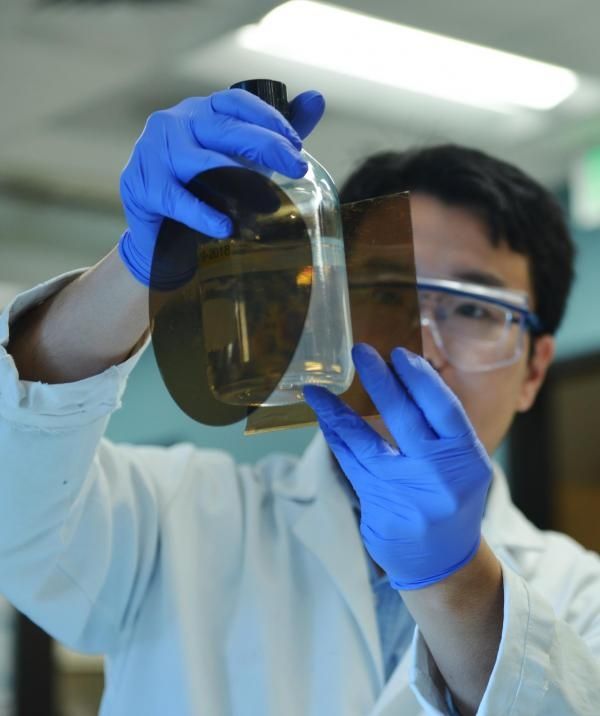Can a new type of transparent gel, made from readily-available beer waste, help engineers build greenhouses on Mars?
CU Boulder physicists have developed an insulating gel that they say could coat the windows of habitats in space, allowing the settlers inside to trap and store energy from the sun—much like a greenhouse stays warm during the winter. And unlike similar products on the market, the material is mostly see-through.
“Transparency is an enabling feature because you can use this gel in windows, and you could use it in extraterrestrial habitats,” said Ivan Smalyukh, a professor in the Department of Physics. “You could harvest sunlight through that thermally insulating material and store the energy inside, protecting yourself from those big oscillations in temperature that you have on Mars or on the moon.”
The defining feature of aerogels, as their name suggests, is air, Smalyukh explained. By weight, these thin films are 90 percent gas. Engineers achieve this feather weight by generating crisscrossing patterns of solid material that trap air inside billions of tiny pores, similar to the bubbles in bubble wrap. It’s that trapping capacity that makes them such good insulators.
Continue reading at University of Colorado - Boulder.
Image via University of Colorado - Boulder.


